Backyard bird feeding has evolved from a casual hobby to a passionate pursuit for millions of wildlife enthusiasts worldwide. As we approach 2025, a surprising trend is emerging among ornithologists and casual bird watchers alike: the recognition that proper birdseed management may be the single most important factor in successful bird conservation at the individual level. While not actually a bird species, the concept of “avoiding common birdseed mistakes” has flown under the radar for years, yet promises to revolutionize how we interact with our feathered visitors. This growing awareness about proper seed selection, feeder maintenance, and feeding practices is positioning itself to become the most underrated yet impactful “bird” of 2025. Let’s explore why knowledge about birdseed practices deserves this unexpected spotlight and how it’s reshaping our relationship with backyard wildlife.
The Hidden Impact of Improper Seed Selection
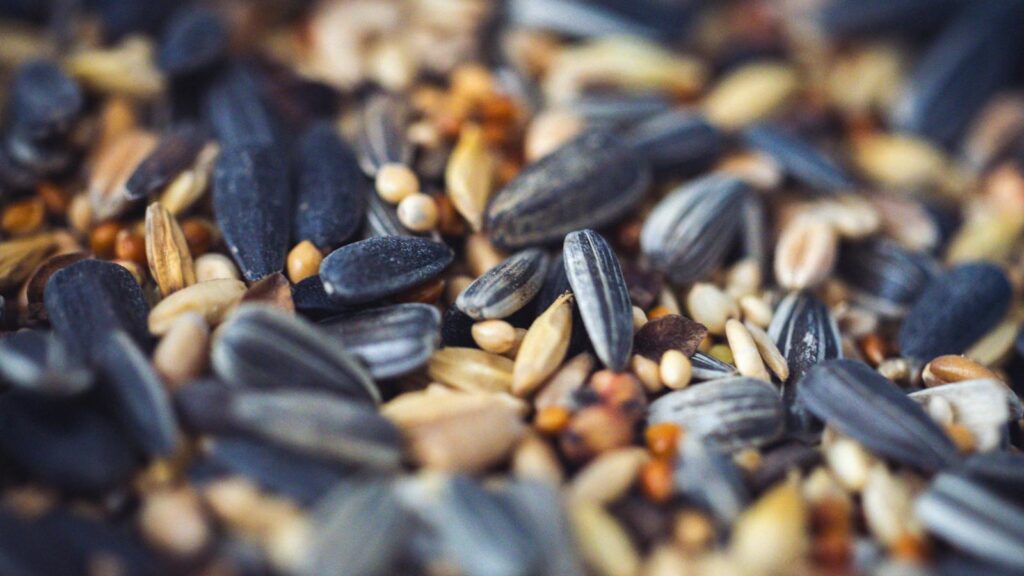
Selecting the wrong birdseed might seem like a minor oversight, but its consequences ripple through entire ecosystems in ways many bird enthusiasts fail to recognize. When we offer low-quality seeds filled with fillers like milo, oats, and red millet that most songbirds reject, we’re essentially creating waste that attracts unwanted visitors like rodents while failing to nourish our intended guests. Furthermore, inappropriate seed choices can disrupt natural feeding patterns and potentially expose birds to harmful pesticides if the seeds aren’t sourced responsibly. Perhaps most concerning, some well-intentioned feeders unintentionally create nutritional imbalances that affect bird health, particularly during critical periods like migration or breeding seasons when energy requirements are highest. Understanding these invisible consequences makes proper seed selection not just a matter of feeder efficiency but an act of ecological stewardship.
The Rise of Scientific Seed Formulations
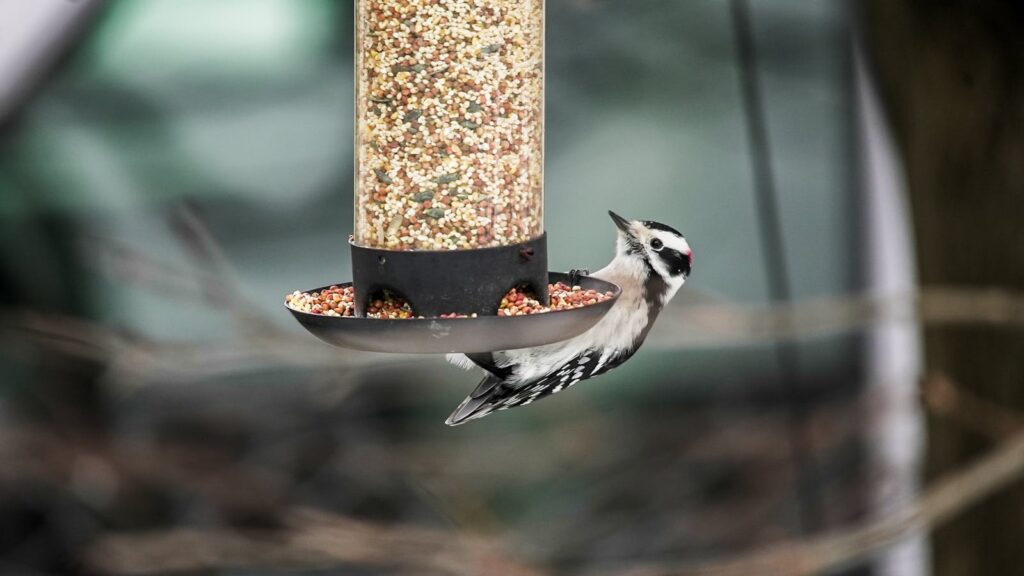
The birdseed industry has undergone a remarkable transformation in recent years, with ornithologists and nutritional scientists collaborating to develop evidence-based seed blends optimized for different species and seasons. These advanced formulations go beyond the traditional black-oil sunflower seeds to incorporate precisely calculated ratios of nuts, dried fruits, and high-fat components that mirror birds’ natural dietary needs. Some cutting-edge mixes now contain specialized supplements targeting specific health concerns, such as calcium additives for nesting females or enhanced omega fatty acids for migratory species preparing for long journeys. What’s particularly exciting is how these scientifically formulated options are becoming increasingly accessible to average consumers, with clear labeling about which regional species they support and during which seasons they’re most appropriate. This shift toward precision nutrition represents a significant advancement over the generic “wild bird seed” of previous decades, providing targeted support for specific conservation challenges.
Seasonal Feeding Strategies That Many Overlook
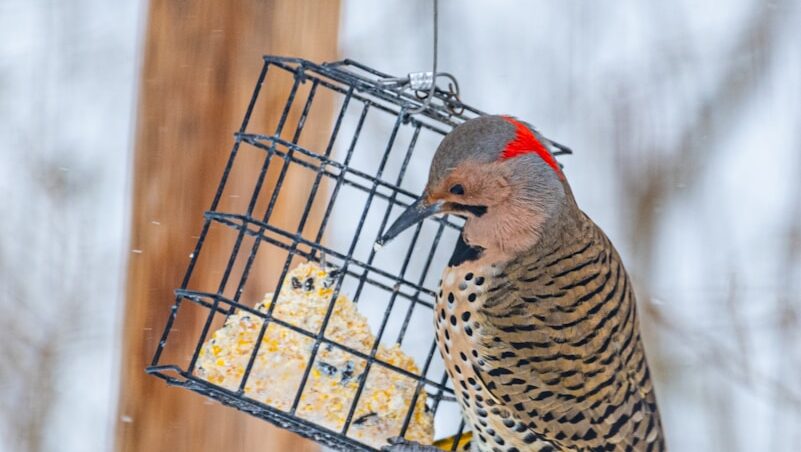
One of the most consistently overlooked aspects of responsible bird feeding is the necessity of adapting seed offerings to match seasonal needs, a practice that can dramatically improve avian health outcomes. During winter months, high-fat options like suet, peanuts, and black oil sunflower seeds become crucial energy sources that help birds maintain their core body temperature during freezing nights. Conversely, spring feeding requires different considerations, as many species are nesting and require protein-rich options to support reproduction and offspring development. Summer brings its own challenges, with many experts now recommending reduced feeding during abundant natural food periods, while fall feeding should gradually transition to support pre-migration fattening for many species. This seasonal awareness transforms feeding from a static activity to a dynamic partnership with the natural cycles that govern bird behavior and physiology.
The Dangerous Mold and Bacteria Connection
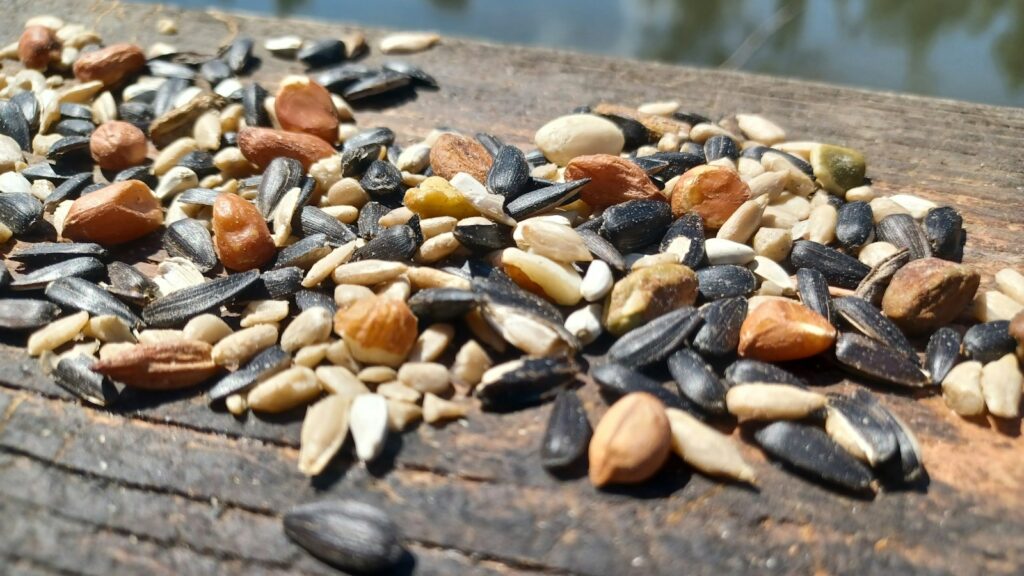
The hidden dangers of moldy birdseed represent one of the most serious yet underappreciated threats to backyard bird populations. When seed gets wet or is left in feeders too long, it creates perfect conditions for harmful fungi like Aspergillus to flourish, potentially causing fatal respiratory infections in birds that consume contaminated food. These infections can spread rapidly through bird populations, especially during wet seasons when feeders might remain damp for extended periods. Beyond fungal threats, bacterial growth in damp seed creates similar health hazards, with some pathogens capable of causing deadly outbreaks among concentrated bird populations visiting feeders. The solution requires vigilance—regularly cleaning feeders with a 10% bleach solution, replacing seed after rainstorms, and using feeders designed with proper drainage and protection from precipitation can dramatically reduce these risks. This heightened awareness about cleanliness isn’t just about aesthetics; it’s a frontline defense against preventable bird mortality.
Storage Practices That Preserve Nutritional Value
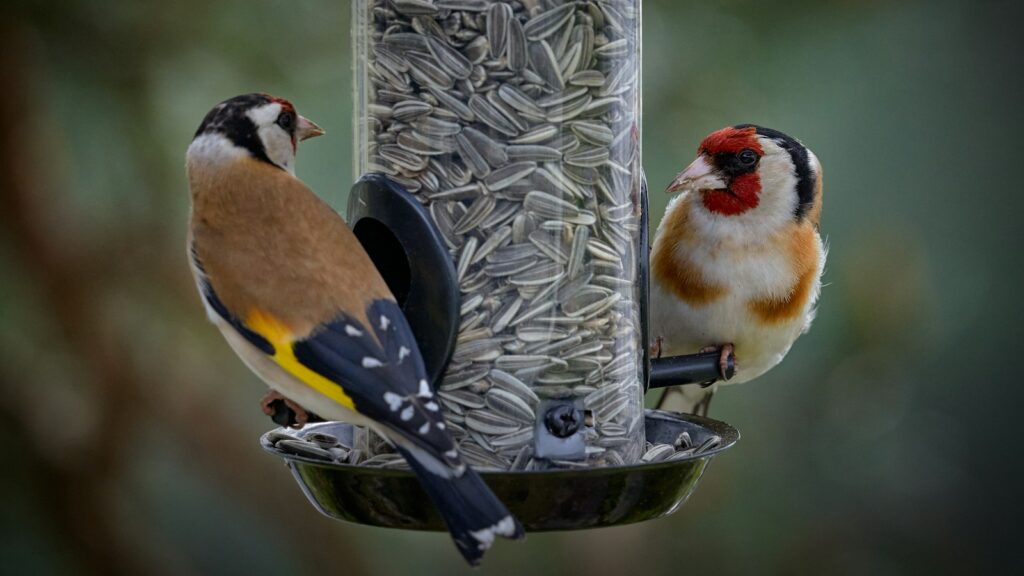
The way birdseed is stored before it reaches the feeder plays a crucial role in maintaining its nutritional integrity and safety, yet these practices rarely receive adequate attention. High-quality seeds contain natural oils that can quickly turn rancid when exposed to heat, humidity, or oxygen, compromising both their nutritional value and palatability for birds. Proper storage requires cool, dry conditions in airtight containers that protect against both moisture and pests while preserving the volatile nutrients that make seeds valuable to birds in the first place. Serious enthusiasts are increasingly investing in specialized storage solutions like gamma-seal buckets, freezer storage for high-value nuts, and vacuum-sealed containers for longer-term preservation. The practice of purchasing smaller quantities more frequently rather than stockpiling large amounts is gaining traction as enthusiasts recognize that freshness directly impacts bird health outcomes. This shift toward treating birdseed with the same care as perishable human food represents a significant evolution in the hobby.
The Environmental Footprint of Seed Choices
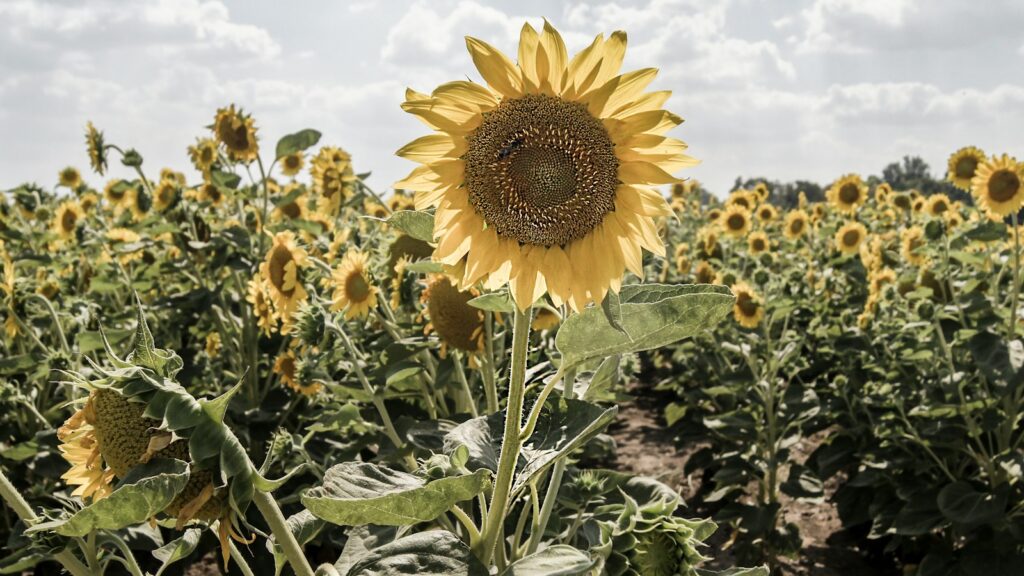
The environmental implications of our birdseed selections extend far beyond our backyard feeders, creating ripple effects through global agricultural systems in ways many bird enthusiasts never consider. Conventionally grown sunflower and millet crops often rely on intensive pesticide applications that can harm pollinators and contaminate watersheds, while distant seed sources generate substantial carbon footprints through transportation. Forward-thinking bird enthusiasts are increasingly seeking certified organic seed options that protect both birds and broader ecosystems from chemical exposure. Some conservation-minded companies have begun offering regionally grown seed mixes that support local farmers while reducing transportation impacts. Perhaps most promising is the growing movement toward cultivating native plant gardens alongside traditional feeding, providing natural seed sources that perfectly match local birds’ evolved dietary needs. This holistic approach recognizes that responsible bird feeding must consider the entire environmental context, not just what happens at the feeder.
Feeder Placement Strategies for Maximum Benefit
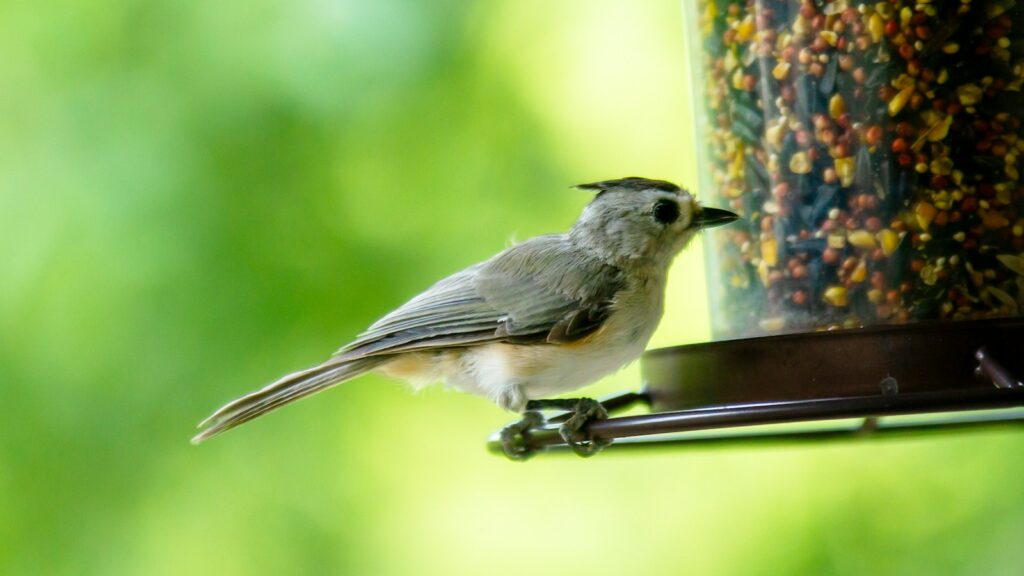
The strategic positioning of bird feeders represents a frequently overlooked aspect of responsible feeding that directly impacts both bird safety and feeding success. Proper placement requires balancing multiple considerations, including positioning feeders near protective cover that offers quick escape routes from predators while maintaining sufficient distance to prevent ambush attacks. Window collisions remain a leading cause of bird mortality, making it essential to either place feeders within three feet of windows (where birds can’t build up fatal momentum) or move them more than thirty feet away. Different species have distinct comfort zones for feeding, with some ground-feeding species like towhees and juncos preferring lower platforms while chickadees and nuthatches readily access elevated feeders. Advanced enthusiasts are increasingly creating layered feeding stations with options at multiple heights, effectively creating vertical feeding zones that accommodate diverse species simultaneously while reducing competition and stress at crowded single feeders.
Unwanted Visitors: Managing Squirrels and Invasive Species
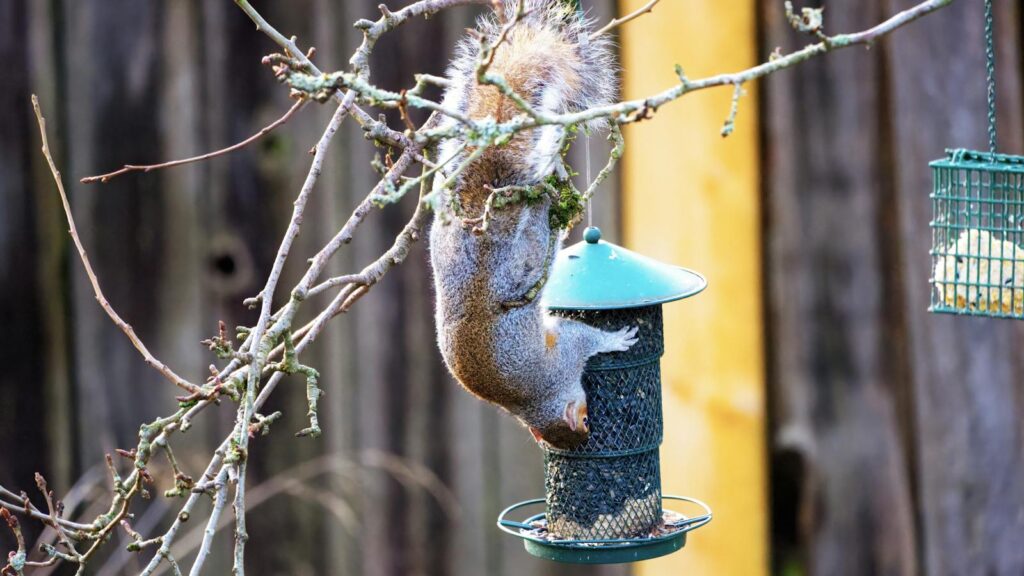
The challenge of managing non-target animals at bird feeders represents one of the most frustrating yet important aspects of responsible bird feeding practices. Squirrels don’t just consume expensive seed at remarkable rates; they can damage feeders, intimidate birds, and create an imbalanced feeding environment that drives away more sensitive species. Strategic solutions like squirrel baffles, weight-activated feeder perches, and specialized “hot” seed mixes treated with capsaicin (which affects mammals but not birds) have transformed from novelties to essential tools for serious enthusiasts. Beyond squirrels, invasive bird species like European starlings and house sparrows present a more complex ethical challenge, as they can outcompete and even harm native species at feeding stations. Progressive feeding strategies now include specialized feeder designs that exclude larger invasive species while accommodating native birds, and avoiding seed types like millet that particularly attract problematic species. These nuanced approaches recognize that responsible feeding requires managing the entire community of animals attracted to our offerings.
The Surprising Economics of Quality Seed
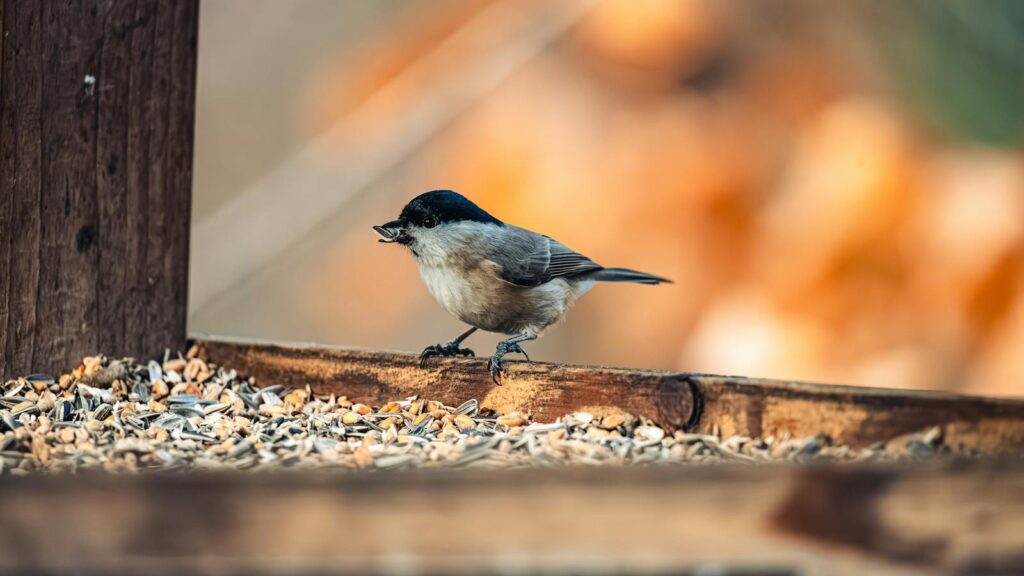
The financial aspects of bird feeding deserve thoughtful reconsideration, particularly the counterintuitive economics of investing in premium seed options. While budget mixes with their high proportions of filler grains appear cheaper at first glance, they often result in greater waste as birds kick aside undesirable components in search of the few nutritious seeds mixed in. Premium options like hulled sunflower seeds and peanut pieces may command higher shelf prices but deliver superior value through reduced waste, greater nutritional impact per ounce, and less cleanup of discarded hulls beneath feeders. Some dedicated enthusiasts have conducted personal experiments documenting how feeders filled with high-quality options may actually need refilling less frequently than those with cheaper alternatives, despite higher consumption rates of the desirable components. For those truly concerned about costs, targeted feeding of specific high-value seeds to attract particular species often proves more economical than broadcasting generic mixes hoping to please everyone. This value-based perspective represents a meaningful shift from viewing birdseed as a commodity to recognizing it as an investment in conservation outcomes.
Community Science Through Feeder Observations
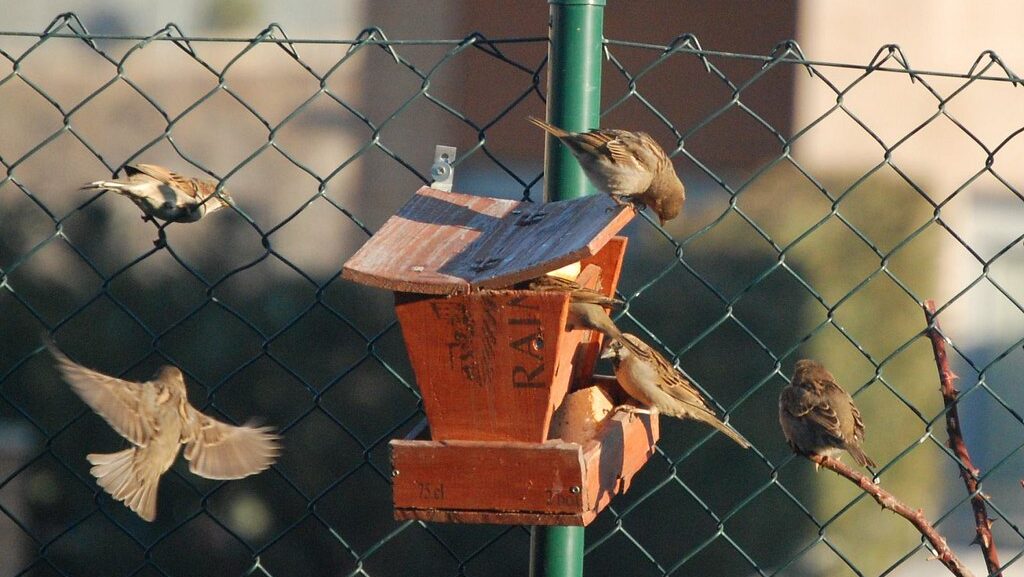
The transformation of backyard bird feeding from passive hobby to active citizen science represents one of the most exciting developments in modern ornithology, creating unprecedented opportunities for data collection and conservation insights. Programs like Project FeederWatch, eBird, and the Great Backyard Bird Count have harnessed the observational power of millions of feeding stations to track population trends, migration timing shifts, and range expansions with a granularity impossible through traditional scientific methods alone. These collective observations have proven particularly valuable for documenting the impacts of climate change on bird behavior, with feeder data revealing shifts in winter ranges and altered migration timing for numerous species. Some dedicated participants have maintained decades of consistent records from their feeding stations, creating invaluable longitudinal datasets that capture subtle changes over time. Perhaps most significantly, this participation transforms casual bird feeders into engaged conservation partners who develop deeper appreciation for the scientific process and often become advocates for broader bird protection measures in their communities.
Disease Prevention Through Proper Feeder Hygiene
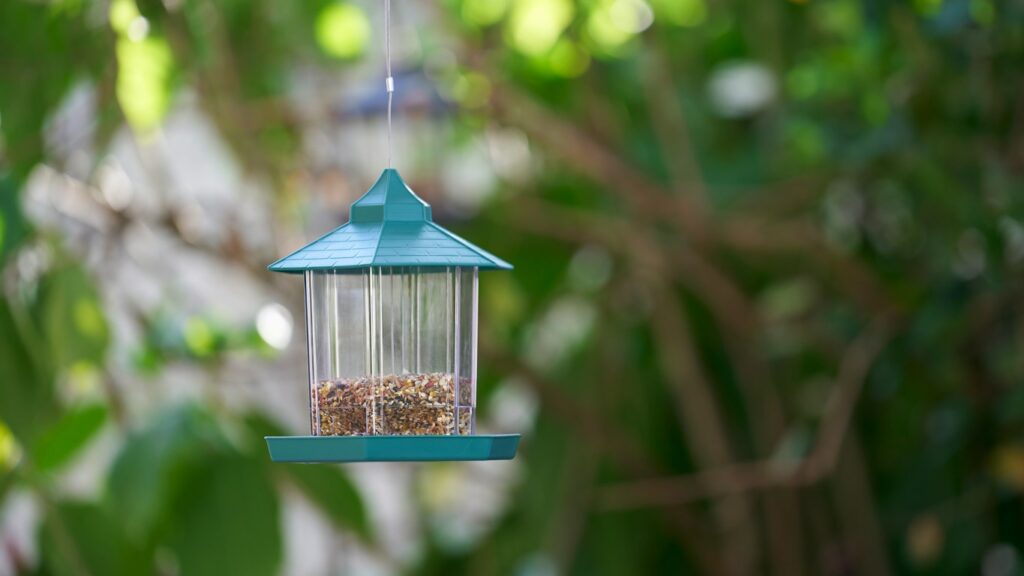
The critical importance of feeder hygiene has gained new urgency following recent disease outbreaks that have demonstrated how feeding stations can potentially accelerate pathogen transmission among wild birds. Conditions like House Finch eye disease, salmonellosis, and avian pox can spread rapidly when birds congregate at contaminated feeders, transforming well-intentioned feeding efforts into inadvertent disease vectors. Responsible management requires establishing regular cleaning schedules using appropriate disinfectants—typically a 10% bleach solution followed by thorough rinsing—with increased frequency during warm or wet weather when pathogens reproduce more rapidly. Many experts now recommend maintaining multiple feeding stations spaced well apart to reduce crowding and minimize contact between potentially infected individuals. Perhaps most importantly, conscientious enthusiasts must monitor visiting birds for signs of illness like lethargy, fluffed feathers, or eye inflammation, and be prepared to temporarily remove feeders entirely if sick birds appear, allowing populations to disperse and breaking potential transmission cycles. This medical mindfulness represents a significant evolution beyond feeding as merely providing food to a more holistic approach supporting overall population health.
The Future of Bird Feeding in Conservation Efforts
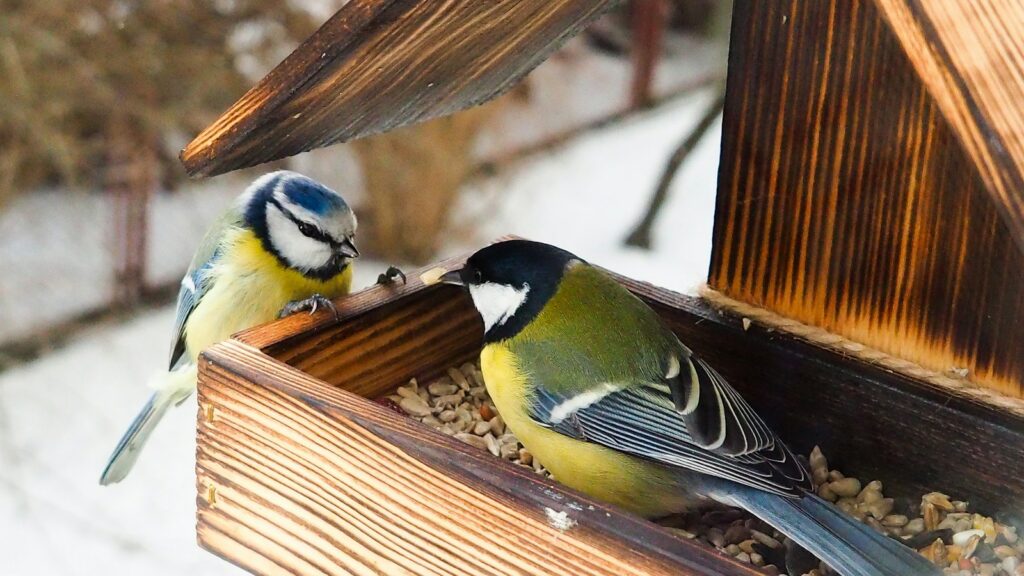
The integration of thoughtful backyard bird feeding into broader conservation strategies represents a promising frontier that bridges individual action with landscape-level wildlife protection efforts. Forward-thinking conservation organizations are increasingly recognizing the potential of educated feeding practices to create functional habitat corridors through urban and suburban landscapes that might otherwise offer limited resources for native birds. Some innovative programs are now pairing seed distribution with native plant education, encouraging enthusiasts to gradually transition from feeding-dependent approaches toward more sustainable landscape-based support systems. Particularly exciting are emerging citizen scientist programs that document not just which species visit feeders but track behaviors like breeding success and juvenile survival in yard habitats, generating valuable data about how supplemental feeding influences population dynamics. Perhaps most promising is the growing recognition that engaged bird feeding enthusiasts represent a powerful constituency for broader conservation advocacy, from supporting bird-friendly legislation to participating in habitat restoration projects that extend their impact beyond yard boundaries. This evolution from feeding as an isolated hobby to a component of interconnected conservation action may ultimately be the most significant development in the field.
Conclusion
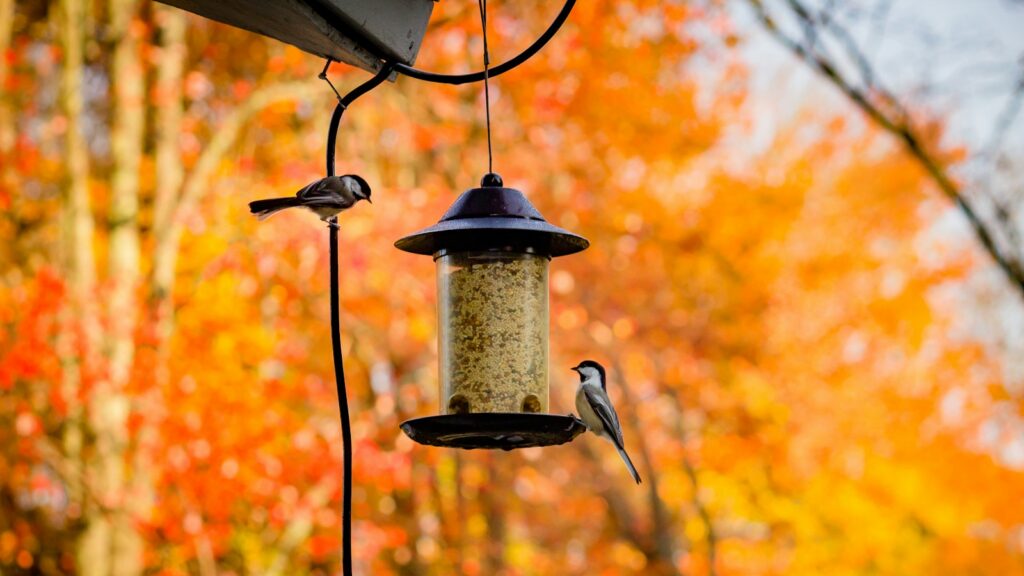
As we look toward 2025, the humble practice of providing appropriate birdseed in the right way, at the right time, and in the right place stands poised to receive long-overdue recognition as a cornerstone of practical bird conservation. While it lacks the photogenic appeal of a rare warbler or the dramatic presence of a raptor, proper seed management represents something perhaps more valuable: an accessible entry point for millions of people to make meaningful contributions to bird welfare. By elevating our understanding of seed selection, feeder maintenance, and feeding practices from casual hobby to informed stewardship, we collectively create a distributed network of habitat enhancement that reaches places traditional conservation cannot. The most underrated “bird” of 2025 may not have feathers or wings, but in its power to transform casual interest into impactful action, the practice of avoiding common birdseed mistakes may ultimately protect more actual birds than any single conservation program alone could hope to achieve.
